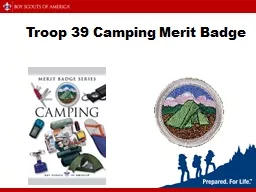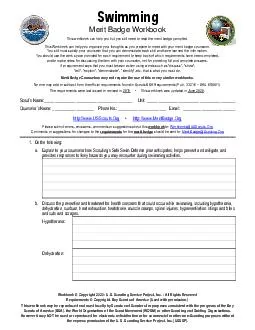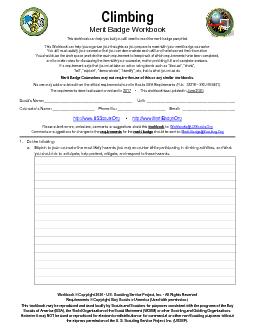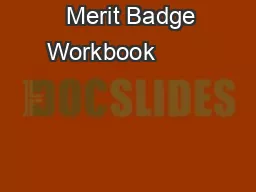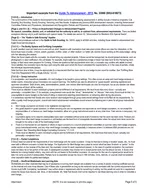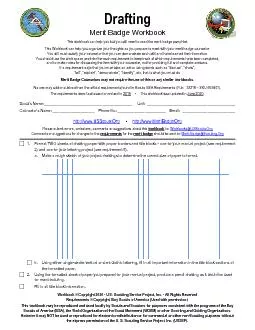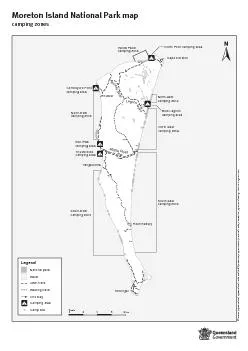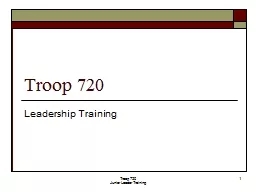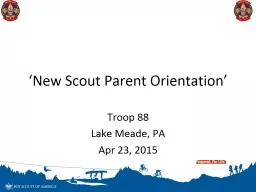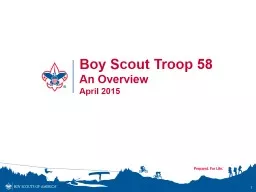PPT-Troop 39 Camping Merit Badge
Author : karlyn-bohler | Published Date : 2016-08-16
Rank Requirements Tenderfoot Present yourself to your leader properly dressed before going on an overnight camping trip Show the camping gear you will use Show
Presentation Embed Code
Download Presentation
Download Presentation The PPT/PDF document "Troop 39 Camping Merit Badge" is the property of its rightful owner. Permission is granted to download and print the materials on this website for personal, non-commercial use only, and to display it on your personal computer provided you do not modify the materials and that you retain all copyright notices contained in the materials. By downloading content from our website, you accept the terms of this agreement.
Troop 39 Camping Merit Badge: Transcript
Download Rules Of Document
"Troop 39 Camping Merit Badge"The content belongs to its owner. You may download and print it for personal use, without modification, and keep all copyright notices. By downloading, you agree to these terms.
Related Documents

